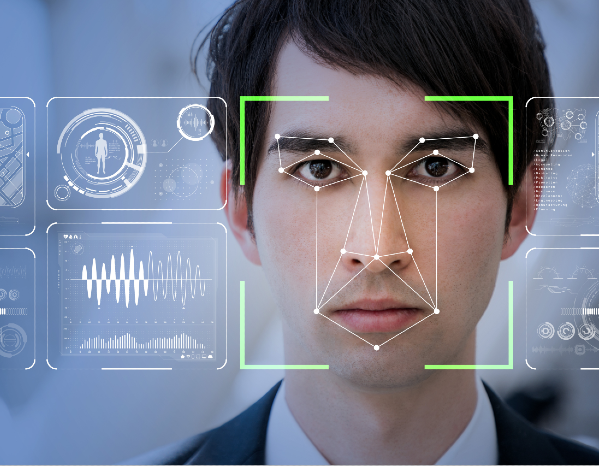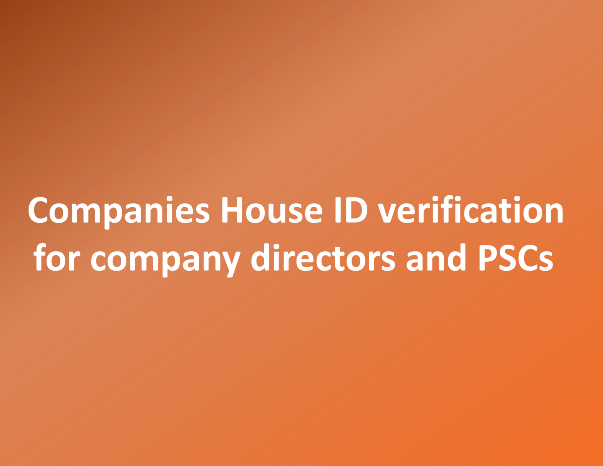
Facial recognition technology (FRT) identifies or otherwise recognises a person from a digital facial image. Businesses can use FRT in a variety of contexts - for example, in allowing access to devices, taking payments, or allowing entry to secure areas.
Depending on the use, FRT involves processing personal data, biometric data and special category personal data. Such technologies can intrude on people's privacy, so businesses need to think carefully when deciding if they should implement them.
If you are a small business looking to begin using facial recognition technology, it may be helpful to read the Information Commissioner’s Office's latest FAQ about using FRT for payment, entry, or other security systems.
The information highlights key issues to be aware of, such as:
- what you need to consider before using this technology;
- when you must complete a data protection impact assessment;
- how to identify and satisfy a special category condition; and
- what to include in your privacy notice if you use FRT.
For further information visit the ICO website.
The information provided in this blog is for general informational purposes only and should not be considered professional advice. As far as we are aware, the content is accurate at time of publication. Torgersens assumes no responsibility for errors or omissions in the content or for any actions taken based on the information provided.

.jpg)






